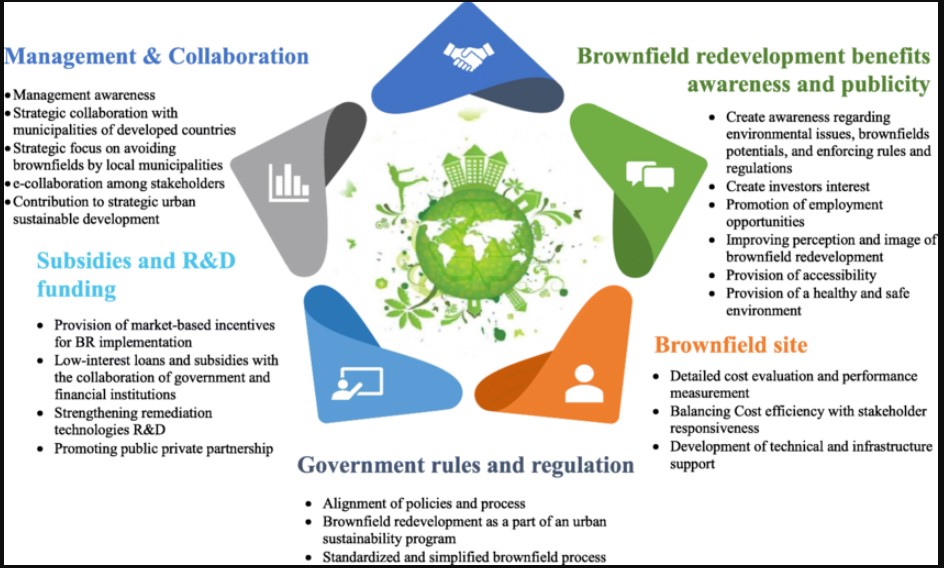7667766266
enquiry@shankarias.in
Mains: GS III – Environment pollution and degradation.
Recently, The Environment Ministry has notified The Environment Protection (Management of Contaminated Sites) Rules, 2025, under the Environment Protection Act that lays out a process for addressing sites with chemical contamination.

Brownfield sites are previously developed land that are abandoned or underutilized, often with known or potential contamination from past industrial or commercial use.